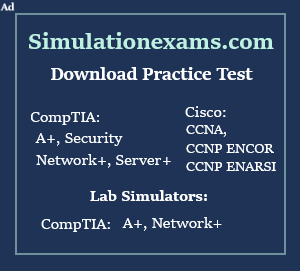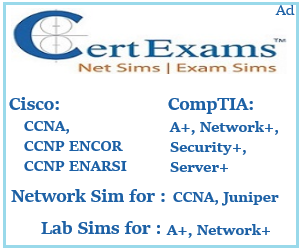Juniper JUNOS Fundamentals
2.2 JUNOS Filtering output
JUNOS provides several ways to filter the output of show commands in order to view only the information that is relevant to your needs. Some of the most common methods for filtering output in JUNOS include:
1. Regular expressions: Regular expressions can be used to match specific patterns in the output of a show command. For example, you can use a regular expression to match all interfaces that have the word "ge-" in their name.
2. Pipes and redirects: Pipes and redirects can be used to filter the output of a show command and send it to a file or another command for further processing. For example, you can use a pipe to send the output of a show command to the "grep" command in order to search for specific text in the output.
3. Filtering with the "| match" command: The "| match" command can be used to filter the output of a show command based on specific keywords or patterns. For example, you can use the "| match ge-" command to display only information about interfaces that have the word "ge-" in their name.
4. Filtering with the "except" command: The "except" command can be used to filter the output of a show command by excluding specific keywords or patterns. For example, you can use the "except ge-" command to display all information except for information about interfaces that have the word "ge-" in their name.
By using these methods, you can effectively filter the output of show commands in JUNOS to view only the information that is relevant to your needs, saving you time and making it easier to manage your network devices.
2.3 JUNOS Active versus candidate configuration
JUNOS has two main types of configuration: active configuration and candidate configuration.


